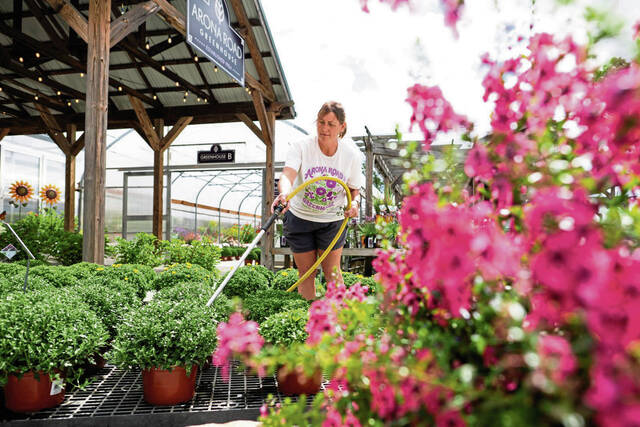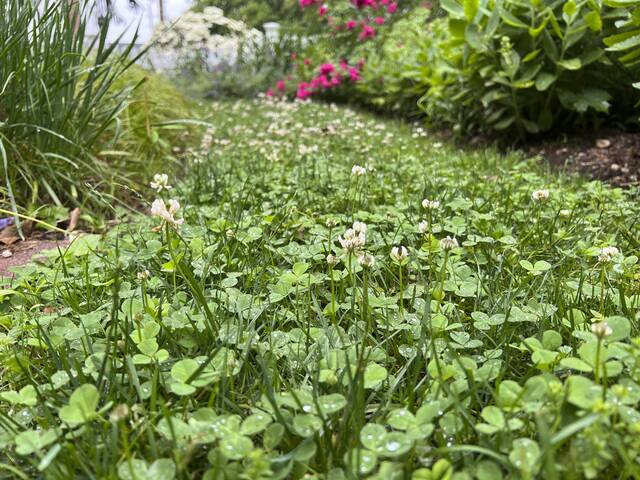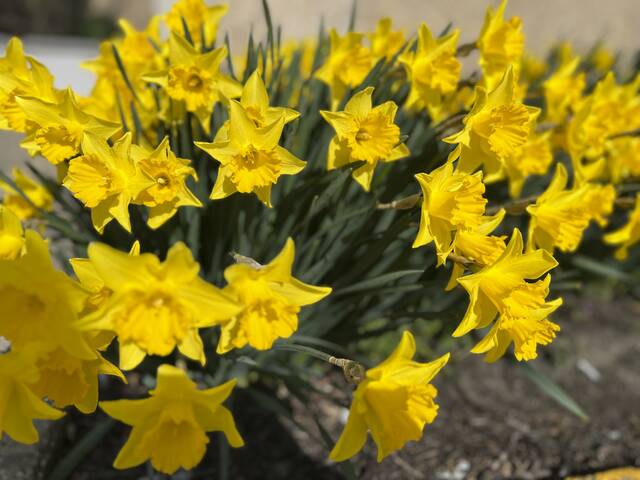Question: I have several pink Knock Out roses that I’ ve had for several years, and they have always been healthy and lovely. I make sure I care for them properly. Recently I noticed that all of them have cankers and discoloration (black and dark brown) up and down the stems. I have done research on this and ha ve been getting mixed messages. Some say it is a fungus that cannot be treated and will eventually kill the plant. Some say a soap insecticide will help. Others say something different. We have had harsh winters before, but I do not recall any as wet as we’ve had this year since I put the roses in. Is that what is causing this? What can I do — if anything?
Answer: Rose cankers are a problematic issue for rose growers, regardless of which types of roses you grow. Though Knock Out roses are far more disease resistant than many other types of roses, they are not immune to rose cankers.
There are four primary canker diseases of roses, including brown canker, common canker, cane blight canker and brand canker. All are caused by pathogenic fungi. Cankers can easily be confused with winter injury. The presence of new cankers during the growing season is a sign that winter injury is not to blame.
The first signs of a canker infection are small, round lesions on the canes. They can be reddish, yellow or near black. The lesions enlarge over time, turning brown with a dark outer edge. They may spread to cover the complete circumference of the stem. When this happens, the entire stem may die.
Infections typically start when the plant is injured through poor pruning, flower harvest, or another tissue-damaging action. It is also easily spread via infected pruning equipment.
If left untreated, a canker infection can spread down into the crown of the rose and cause complete plant death. Unfortunately, infections are more prevalent during wet season such as the one we had last year.
To prevent and manage rose cankers, you must clean your pruning shears with a 10% bleach solution or another disinfectant between each clip because the pathogen is easily spread on “dirty” tools. Prune the plant only when necessary and remove all infected branches and dispose of them in the garbage. Do not put them on the compost pile. When cutting off a branch with a canker, remove all of the stem down to about 2 inches below the lowest canker. Always prune in dry weather.
You can help protect your roses from cankers this coming season by applying an organic biofungicide based on Bacillus subtilis to all sides of all stems every 14 to 21 days throughout the growing season. One common brand name is Serenade. This organic fungicide is useful for preventing cankers, black spot, powdery mildew and other fungal diseases. Insecticides will do nothing to prevent or control rose stem cankers as they are not an insect-caused problem.








